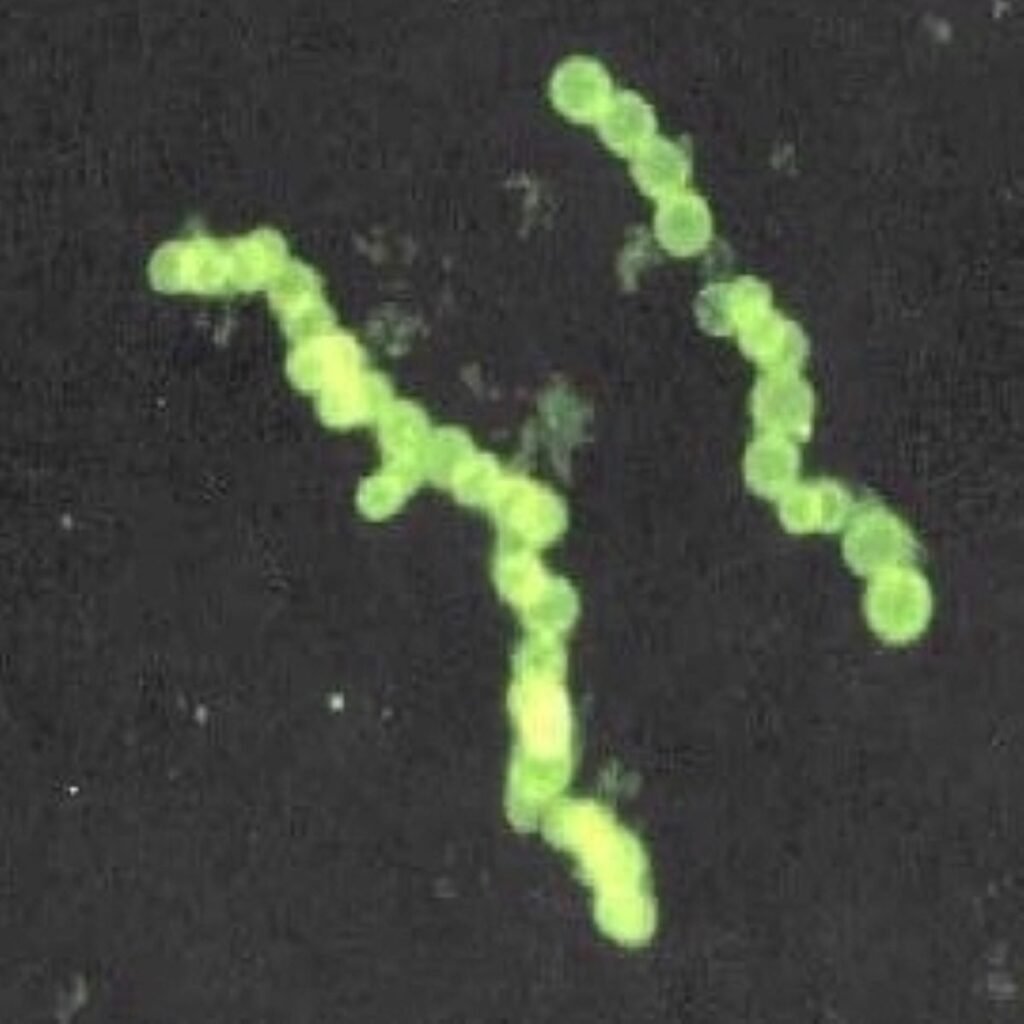Picture this: you’re standing beside a familiar river that has flowed in the same direction for thousands of years, when suddenly the ground shakes violently beneath your feet. Within hours, something absolutely mind-boggling happens – the river starts flowing backward. This isn’t some fantasy tale or Hollywood movie plot. This is a real phenomenon that has left scientists and local communities stunned throughout history.
The Shocking Reality of River Reversal

When most people think about earthquakes, they imagine cracked buildings and shattered roads. But nature has a way of surprising us with consequences we never saw coming. Rivers reversing their flow after major earthquakes represents one of the most dramatic examples of how our planet can literally reshape itself in a matter of hours. The sight of water suddenly flowing uphill defies everything we think we know about gravity and natural order. It’s like watching the world turn upside down in the most literal sense possible. These reversals can last anywhere from a few hours to several permanent changes that alter landscapes forever.
The Mississippi River’s Historic Backward Dance
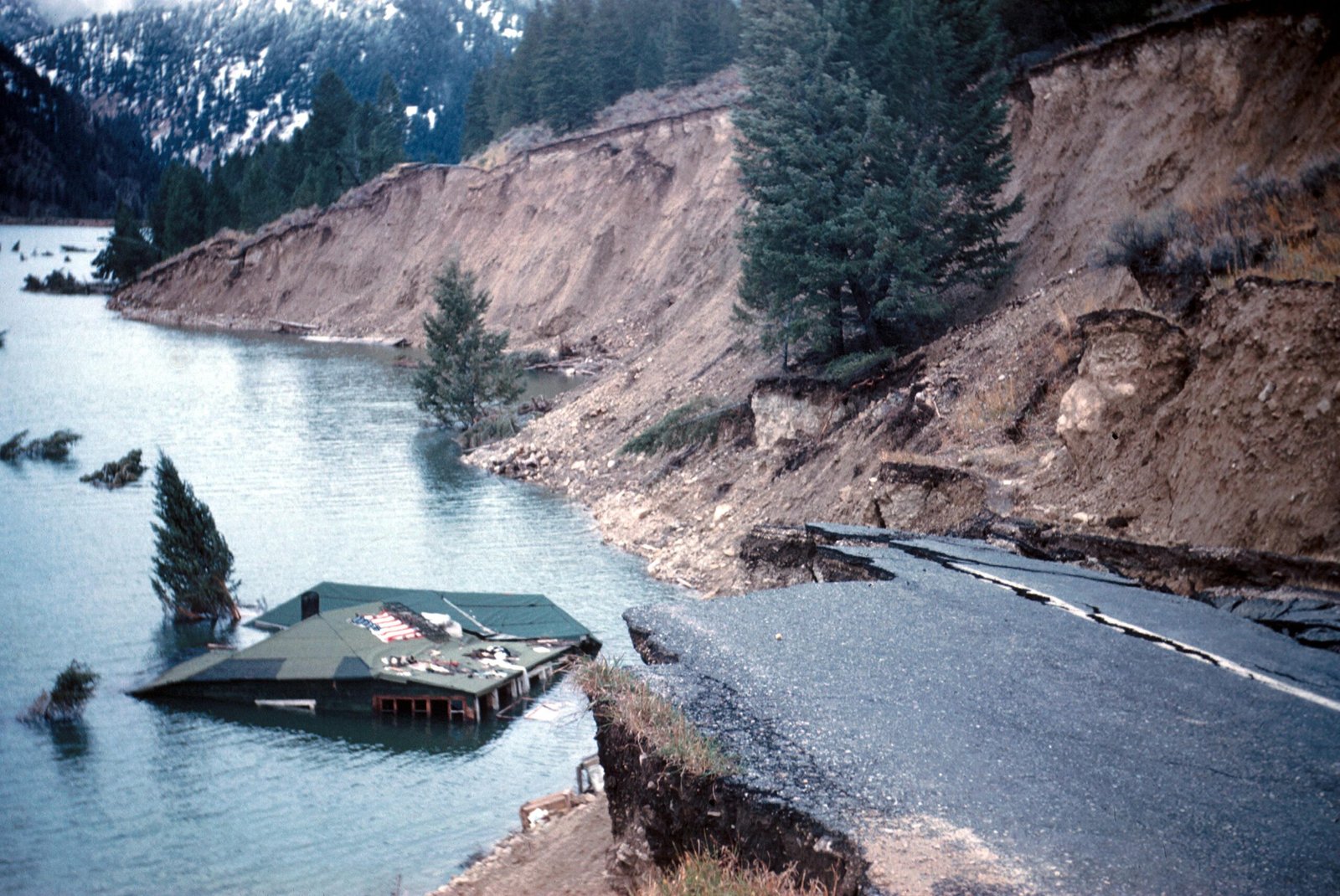
The most famous case of river reversal happened during the New Madrid earthquakes of 1811-1812 in the central United States. Witnesses described the mighty Mississippi River flowing backward for several hours, creating waterfalls where none had existed before. Boats that were traveling downstream suddenly found themselves being pushed upstream by the reversed current. Local residents watched in terror as the familiar river they depended on seemed to defy the laws of nature. The event was so shocking that it became part of American folklore, with stories passed down through generations about the day the Mississippi ran backward.
How Earthquakes Create Geographic Chaos

When tectonic plates suddenly shift during an earthquake, they don’t just shake the surface – they can literally tilt entire sections of land. Imagine a giant table being lifted on one end; everything on that table would slide toward the lower end. The same principle applies to river systems when the ground beneath them changes elevation rapidly. A riverbed that once sloped gently toward the sea might suddenly find itself tilted in the opposite direction. This dramatic change in topography forces water to find a new path, often flowing backward from its original course. The steeper the tilt, the more dramatic the reversal becomes.
The Science Behind Sudden Water Reversals

River reversal isn’t magic – it’s pure physics in action, though it certainly feels magical to witness. When an earthquake causes land subsidence on one side and uplift on another, it creates what scientists call a “reverse gradient.” Water always follows the path of least resistance, flowing from higher elevation to lower elevation. If an earthquake suddenly makes the “downstream” area higher than the “upstream” area, gravity takes over and forces the water to flow backward. Think of it like accidentally tilting a garden hose – the water immediately changes direction to follow the new slope. The speed and intensity of this reversal depend on how dramatically the land has shifted and how much water volume is involved.
Temporary Blockades and Natural Dams

Sometimes river reversals happen not because of land tilting, but because earthquakes create temporary natural dams. Landslides triggered by seismic activity can dump massive amounts of rock, soil, and debris into river channels. When this happens, the blocked water has nowhere to go except backward, creating an instant reversal of flow. These natural dams can hold back enormous volumes of water, creating temporary lakes upstream while causing the river to back up for miles. Eventually, the water either finds a way around the blockage or builds up enough pressure to break through, often creating devastating floods downstream when the dam fails.
Liquefaction’s Role in River Confusion

One of the most bizarre earthquake effects is liquefaction, where solid ground literally turns into quicksand-like material. When this happens near rivers, the results can be absolutely surreal. The riverbank soil loses its ability to hold the water channel in place, causing rivers to suddenly change course or flow in multiple directions at once. Picture trying to pour water down a groove in jelly – the groove keeps shifting and changing, making the water flow in unpredictable ways. During severe liquefaction events, rivers can split into multiple channels, create new paths, or even disappear underground temporarily. This process can make a river appear to flow backward when it’s actually creating entirely new routes through the liquefied landscape.
Japan’s 2011 Tsunami and River Reversals
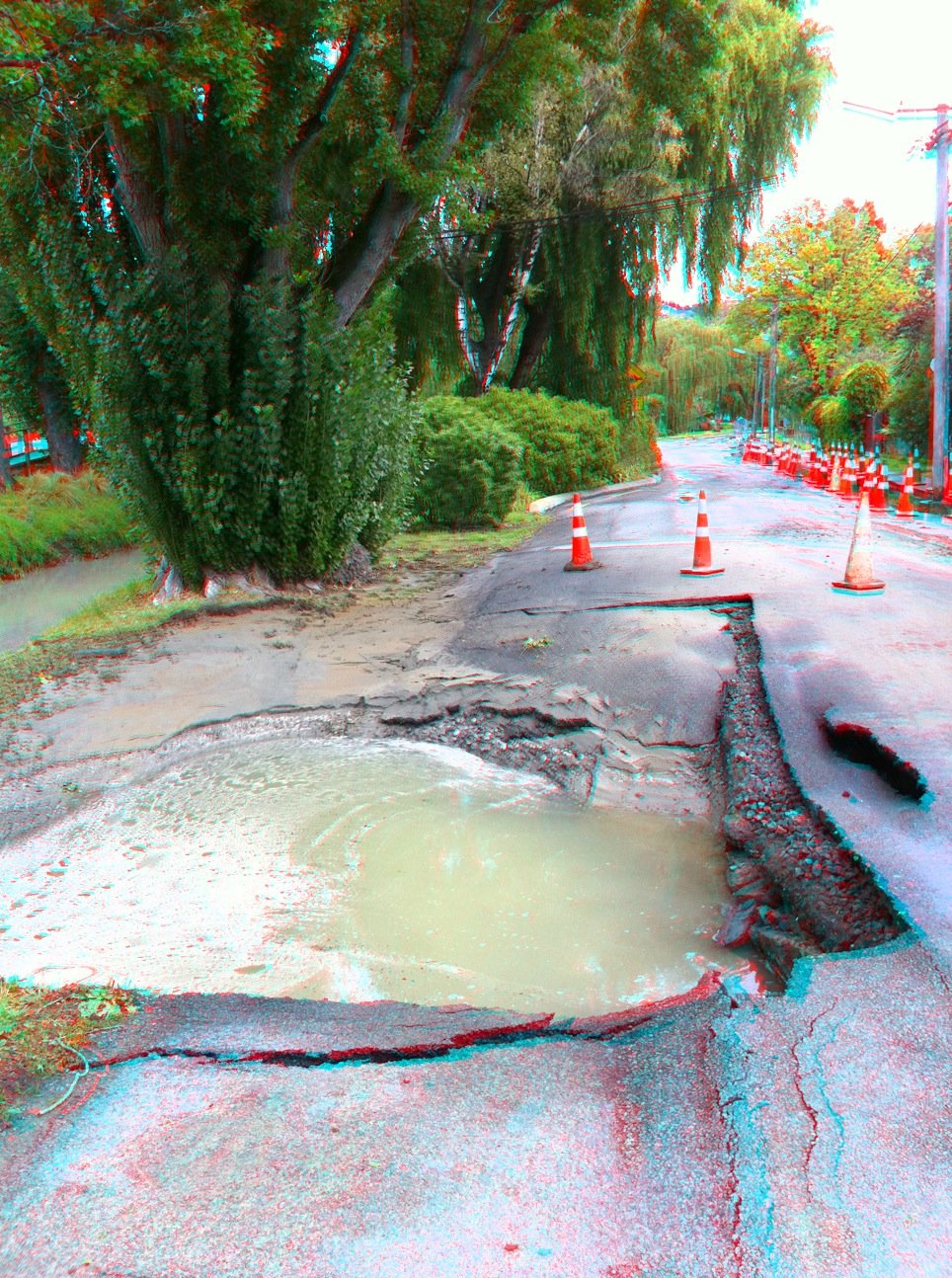
The devastating 2011 earthquake and tsunami in Japan created one of the most dramatic examples of river reversal in modern times. As the massive tsunami waves pushed inland, they forced several rivers to flow backward for hours. The Kitakami River experienced a particularly dramatic reversal as tsunami waters surged upstream for more than 30 miles inland. Video footage captured the surreal sight of debris-filled seawater flowing upstream against the river’s natural current. This event showed how earthquakes can trigger secondary effects like tsunamis that cause their own form of river reversal. The combination of seismic land changes and incoming tsunami waves created a double impact that completely disrupted normal water flow patterns.
Ancient Rivers That Never Recovered

Not all river reversals are temporary phenomena that correct themselves over time. Some rivers have permanently changed direction after major earthquakes, creating entirely new drainage patterns that persist for centuries. The Huang He (Yellow River) in China has changed course dramatically multiple times throughout history, often triggered by seismic activity combined with flooding. Archaeological evidence suggests that ancient civilizations had to completely relocate when their life-giving rivers suddenly started flowing in the opposite direction. These permanent reversals can transform fertile valleys into dry lands while creating new wetlands in previously arid areas. The long-term impact on local ecosystems and human settlements can be profound and lasting.
The Psychological Impact on Witnesses

Imagine the shock of seeing a familiar river suddenly flowing backward – it’s no wonder that historical accounts often describe witnesses as being terrified or convinced they were seeing supernatural events. Before modern science explained these phenomena, people interpreted river reversals as omens, divine punishment, or signs of the apocalypse. Native American legends speak of rivers that “ran uphill” during times of great earth-shaking, incorporating these events into their spiritual understanding of natural disasters. Even today, with our scientific knowledge, witnessing a river reversal remains a profoundly unsettling experience that challenges our basic understanding of how the world works. The psychological impact often lingers long after the physical event has ended.
Modern Monitoring and Early Warning Systems

Today’s technology allows us to monitor and predict some river reversals before they happen, though they still catch us by surprise more often than not. Seismographs can detect the ground movements that might lead to river reversals, while satellite imagery helps track changes in water flow patterns. Advanced computer models now help scientists understand which river systems are most vulnerable to reversal during earthquakes. However, the sudden and chaotic nature of these events means that even our best monitoring systems can’t always provide adequate warning. Emergency response teams in earthquake-prone areas now include river reversal scenarios in their disaster preparedness plans, recognizing that traditional flood patterns might not apply after major seismic events.
Wildlife Caught in the Crosscurrent

Fish and other aquatic animals face a particularly confusing situation when rivers suddenly reverse direction. Salmon trying to swim upstream to spawn might find themselves being swept in the wrong direction by the reversed current. Migratory fish that rely on water flow patterns for navigation can become completely disoriented when their familiar highways suddenly flow backward. River ecosystems that have evolved over thousands of years around predictable flow patterns can be thrown into chaos within hours. Some species adapt quickly to the new conditions, while others struggle to survive in the altered environment. The ecological disruption from river reversals can have lasting impacts on biodiversity and food chains that extend far beyond the immediate event.
Engineering Challenges in Reversed Rivers

When rivers reverse direction, human-made infrastructure faces challenges it was never designed to handle. Bridges built to withstand downstream water pressure suddenly experience forces from the opposite direction. Water treatment plants and hydroelectric dams find their intake systems on the wrong side of the flow. Navigation channels and ports become useless when ships can’t predict which direction the water will be moving. Engineers must now consider the possibility of river reversal when designing infrastructure in earthquake-prone areas. This has led to new design standards and construction techniques that can adapt to changing water flow directions.
The Role of Sediment in Flow Confusion

River reversals don’t just change the direction of water flow – they also dramatically alter sediment transport patterns. When a river flows backward, it picks up different types of sediment and deposits them in new locations. This can cause rapid changes in riverbed composition and water clarity. Heavy sediments that normally settle in downstream areas might be transported upstream during reversals, creating new sandbars and changing water depth patterns. The reversed flow can also uncover sediments that have been buried for decades, sometimes releasing materials that had been safely contained. These sediment changes can persist long after the river returns to its normal flow direction.
Climate Change and Future River Reversals

Scientists are studying whether climate change might make river reversals more common or severe in the future. Rising sea levels could make coastal rivers more susceptible to reversal during earthquake-triggered tsunamis. Changes in precipitation patterns might alter river volumes, potentially making some waterways more vulnerable to reversal when seismic events occur. Melting glaciers and changing snow patterns in mountainous regions could affect the stability of river systems that have remained constant for centuries. While climate change doesn’t directly cause river reversals, it may be creating conditions that make these dramatic events more likely or more destructive when they do occur.
Underground Rivers and Hidden Reversals

Not all river reversals happen where we can see them – some occur in underground water systems that are invisible to surface observers. Earthquakes can alter underground water tables and aquifer flow patterns, causing groundwater to reverse direction beneath our feet. These hidden reversals can affect well water quality and availability in surprising ways. Springs that have flowed consistently for generations might suddenly dry up while new ones appear in unexpected locations. Underground river reversals can also affect the stability of surface structures as changing water pressure alters soil conditions. Scientists use specialized equipment to detect and monitor these invisible water flow changes.
The Speed of Reversal Events

One of the most startling aspects of earthquake-induced river reversals is how quickly they can happen. Unlike gradual geological changes that occur over thousands of years, river reversals can begin within minutes of a major earthquake. Witnesses have described seeing rivers slow down, stop, and then begin flowing backward all within the span of an hour. The speed depends on factors like river volume, the degree of land tilt, and the presence of obstacles in the channel. Fast-moving mountain streams might reverse almost instantly, while large, slow-moving rivers might take several hours to show the full effect. This rapid change adds to the shock and confusion experienced by people witnessing the event.
Recovery and Restoration Efforts
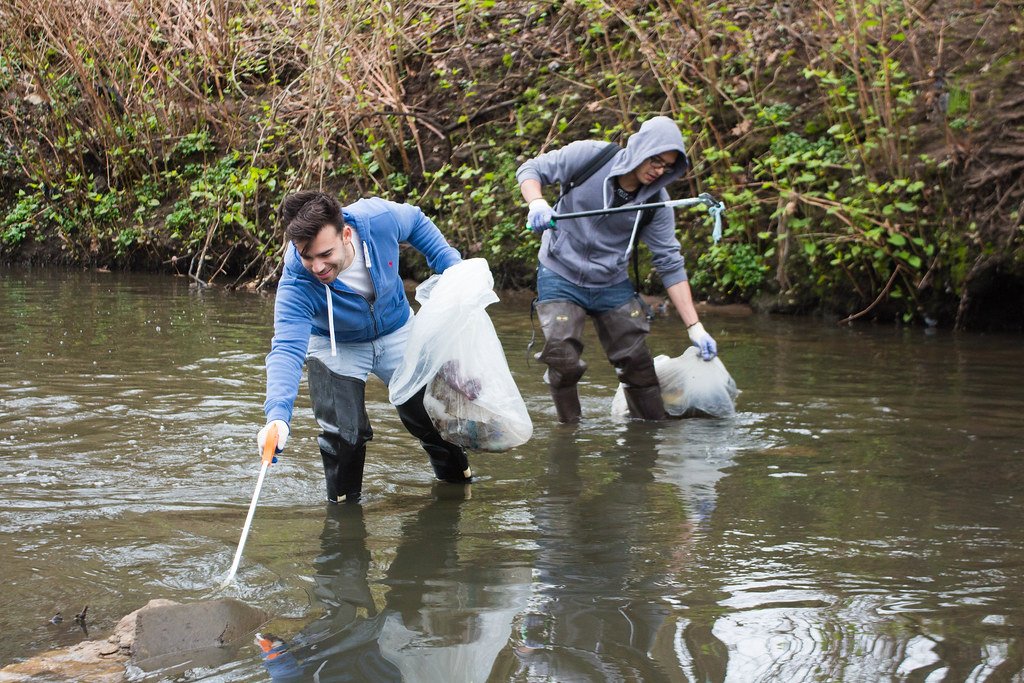
When rivers return to their normal flow direction after a reversal event, the recovery process isn’t always simple or quick. The reversed flow often carries different types of debris and sediment that can clog traditional drainage patterns. Cleanup crews must remove fallen trees, rocks, and human-made debris that accumulated during the reversal period. Sometimes the riverbed itself has been permanently altered, requiring engineering solutions to restore normal flow. Ecological restoration efforts might be needed to help displaced wildlife populations return to their original habitats. The recovery process can take months or even years, depending on the severity of the reversal and the extent of the changes it caused.
Predicting the Next Great Reversal
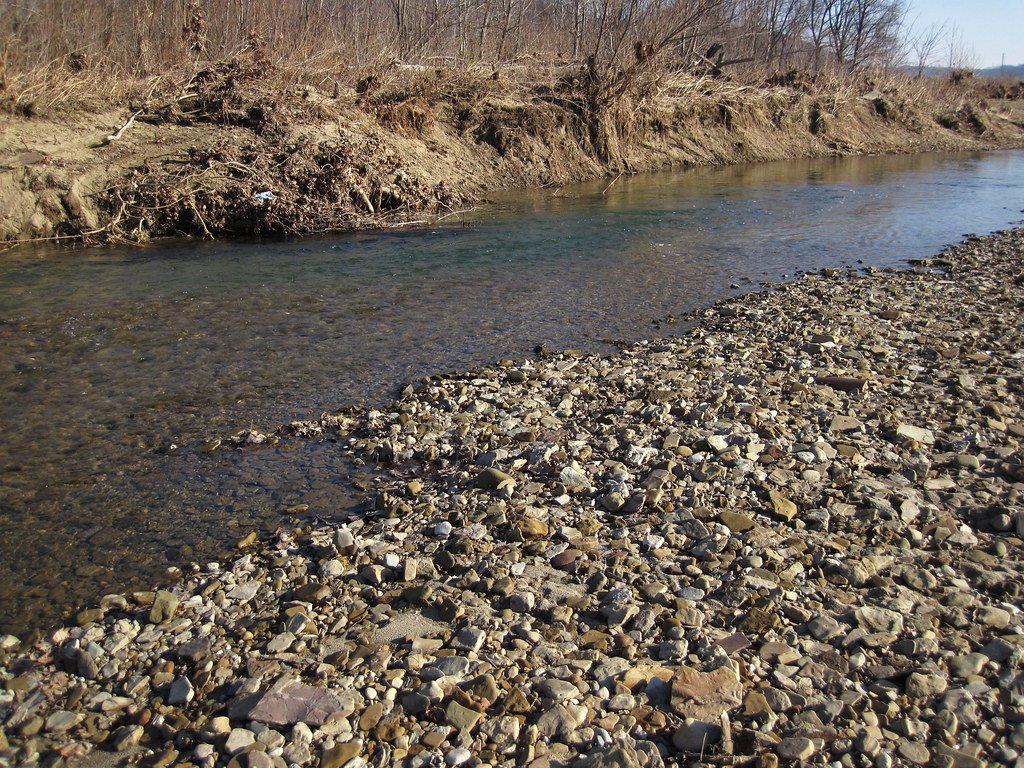
Scientists continue working to improve their ability to predict when and where river reversals might occur after earthquakes. Computer models now incorporate detailed topographic data, river flow patterns, and seismic risk assessments to identify vulnerable waterways. However, the complex interaction of geological and hydrological factors makes precise prediction extremely challenging. Researchers study historical patterns and geological evidence to understand which river systems have experienced reversals in the past and might be susceptible to future events. This research is crucial for emergency planning and infrastructure development in earthquake-prone regions where major rivers could potentially reverse direction.
The Lasting Impact on Human Memory
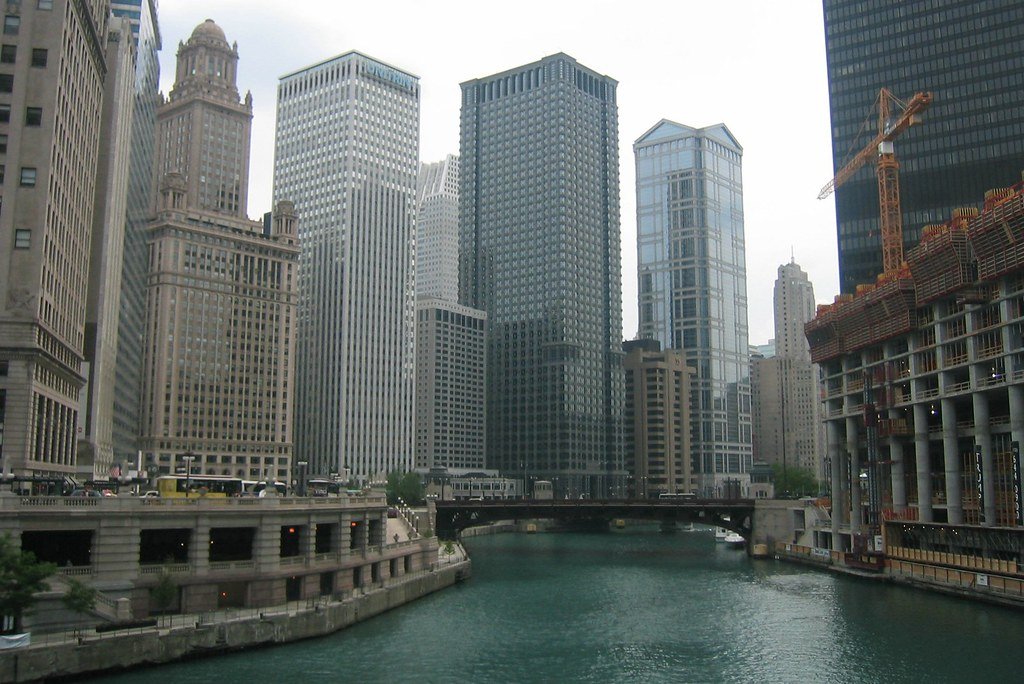
River reversals leave an indelible mark on the communities that witness them, becoming part of local history and folklore for generations. These events challenge our fundamental assumptions about the permanence of natural features we take for granted. They remind us that the Earth beneath our feet is constantly changing, sometimes in ways that seem to defy logic and physics. The next time you stand beside a peacefully flowing river, remember that this same waterway could potentially flow backward if the right seismic conditions occur. It’s a humbling reminder of nature’s power to surprise us and reshape our world in ways we never imagined possible. What other “permanent” features of our landscape might not be as unchanging as we think?

Jan loves Wildlife and Animals and is one of the founders of Animals Around The Globe. He holds an MSc in Finance & Economics and is a passionate PADI Open Water Diver. His favorite animals are Mountain Gorillas, Tigers, and Great White Sharks. He lived in South Africa, Germany, the USA, Ireland, Italy, China, and Australia. Before AATG, Jan worked for Google, Axel Springer, BMW and others.



